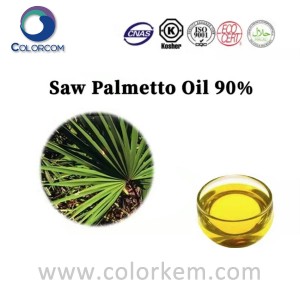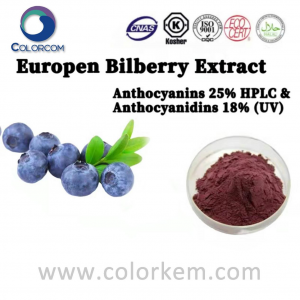Neohesperidin Dihydrochalcone | 20702-77-6
Product Description:
Neohesperidin dihydrochalcone, sometimes referred to simply as neohesperidin DC or NHDC, is an artificial sweetener derived from citrus.
In the 1960s, when American scientists were working on a plan to reduce the bitter taste in citrus juice, neo hesperidin was treated with potassium hydroxide and another strong base through catalytic hydrogenation to become NHDC. Under the critical concentration and bitter masking characteristics, the sweetener concentration was 1500-1800 times higher than that of sugar.
Neohesperidin dihydrochalcone (NEO-DHC) is synthesized by chemical treatment of neohesperidin, a bitter component of citrus peel and pulp, such as bitter orange and grapefruit. Although it comes from nature, it has undergone chemical transformation, so it is not a natural product. The new DHC does not happen in nature.
Application:
The European Union approved the use of NHDC as a sweetener in 1994. It is sometimes said that the NHDC is recognized as a safe flavour enhancer by the Association of Flavour and Extract Manufacturers, a trade group with no legal standing.
It is particularly effective at masking the bitterness of other compounds in citrus, including limonin and naringin. Industrially, it extracts neohesperidin from bitter oranges and hydrogenates it to prepare NHDC.
The product is known to have a strong synergistic effect when used with other artificial sweeteners such as aspartame, saccharin, acetylsulfonamide and cyclocarbamate, and sugar alcohols such as xylitol. The use of NHDC increases the effectiveness of these sweeteners at lower concentrations, while other sweeteners require smaller amounts. This provides cost-effectiveness.It also increases the appetite of piglets. When adding feed additives.
It is particularly known for enhancing sensory effects (known in the industry as "mouthfeel"). An example of this is the "creaminess" found in dairy products, such as yogurt and ice cream, but it is also widely used in other naturally bitter products.
Pharmaceutical companies like the product to reduce the bitter taste in pill form and use it in animal feed to shorten feeding times.









